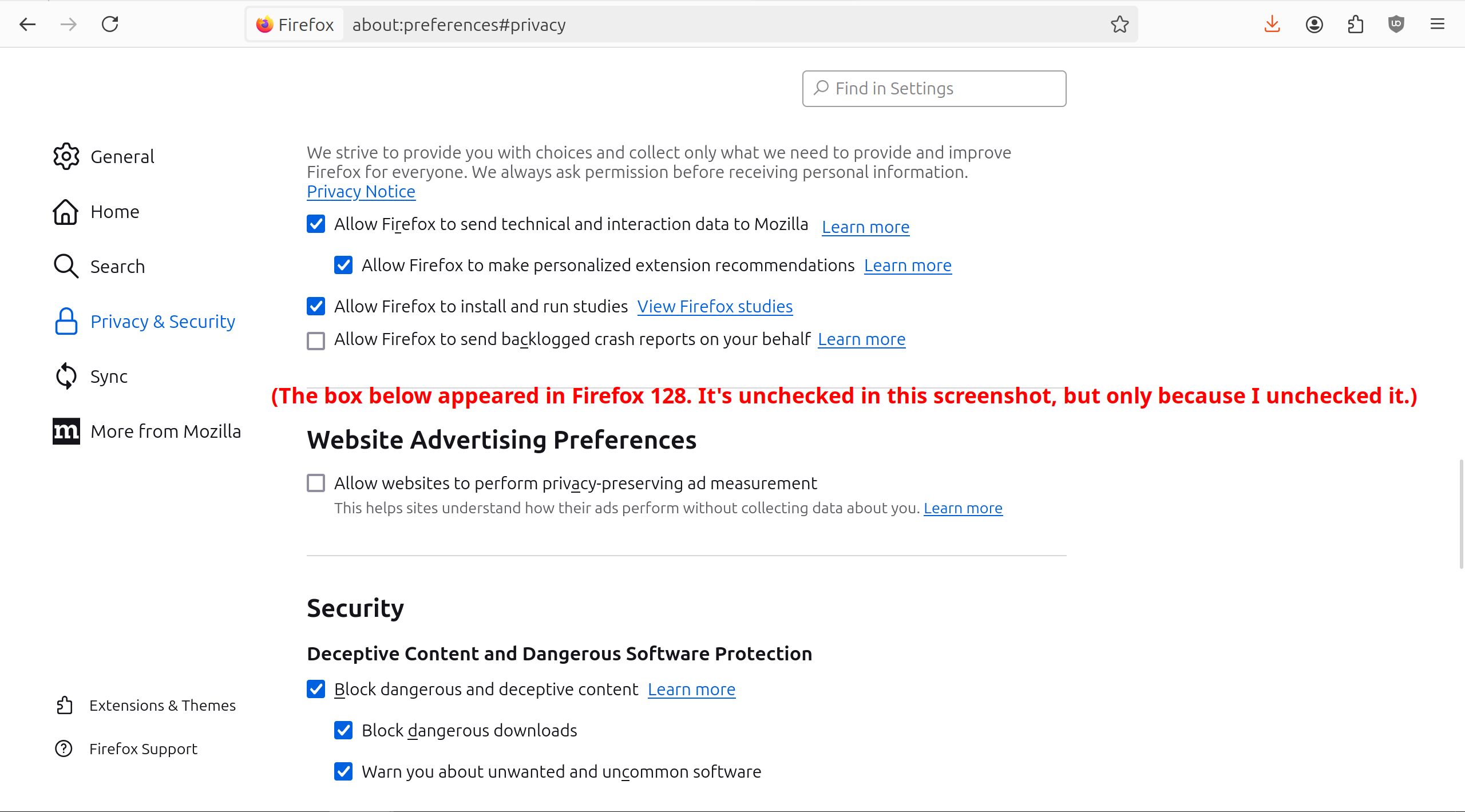

They may block IP addresses associated with consumer ISPs. Assuming that’s the case, I would guess you’re seeing that as an HSTS/TLS error because their network is trying to trick your browser into redirecting to/displaying an error page hosted by some part of their network.










I’ve just said “I don’t have one” when asked this for awhile. This never seems the phase the cashiers, I’m guessing they know what that really means. Half the time I still get whatever discount, though I’ve never tried to sign up for a membership saying that.
If it’s an online form my phone number is just (local area code)555–5555. I’ve never had that not take, except for one case where it automatically enabled 2-factor auth and I had to create a new account.